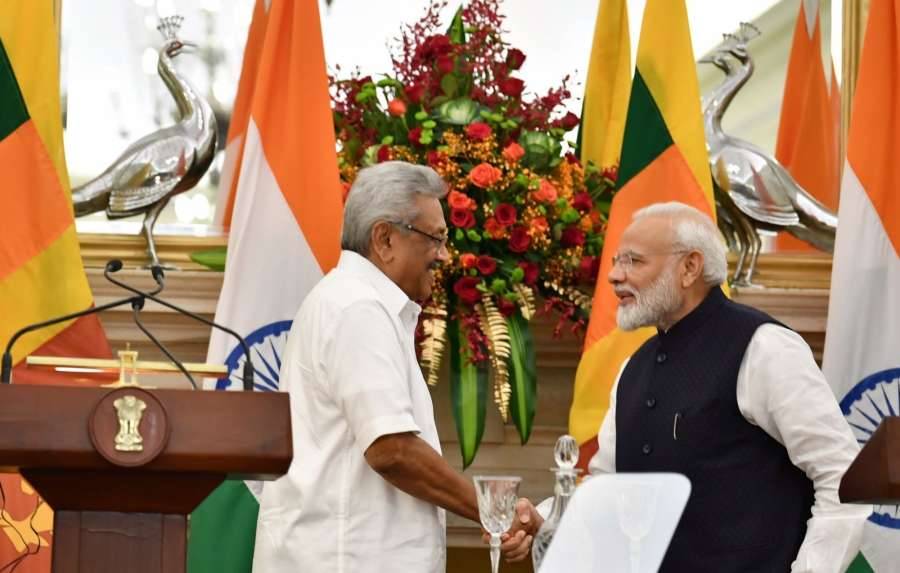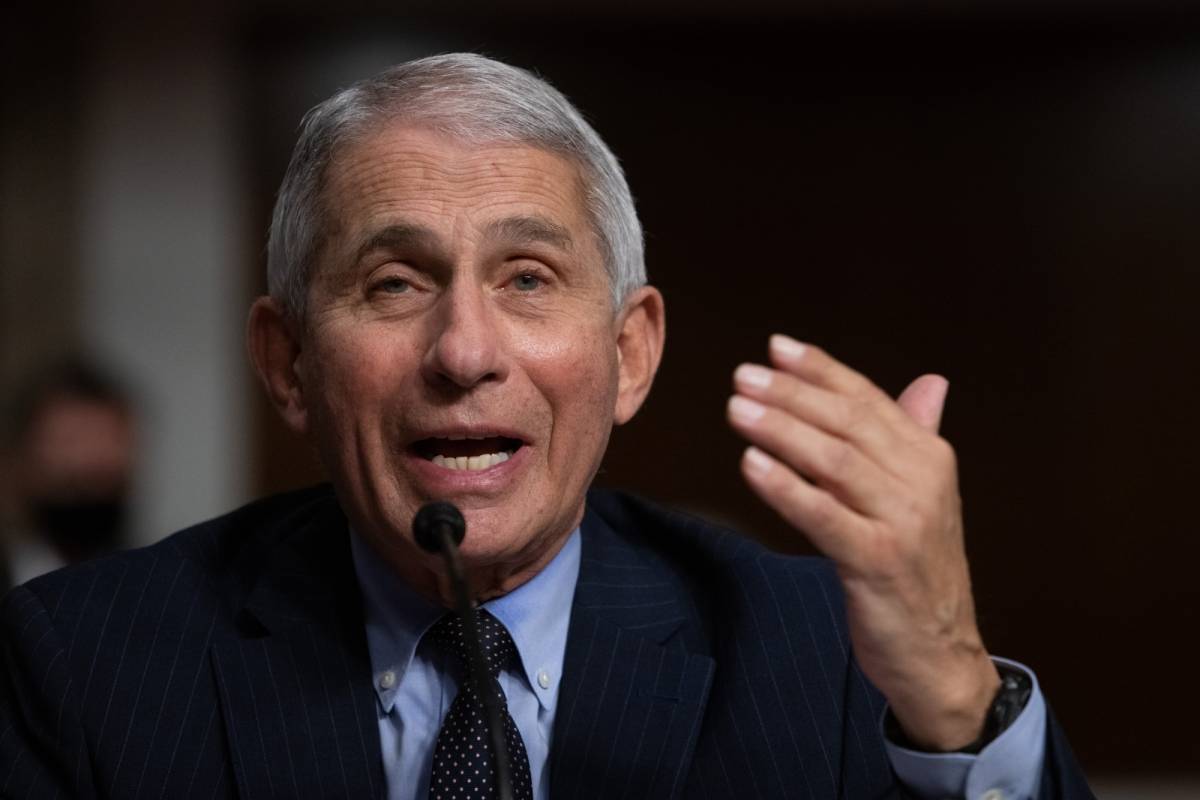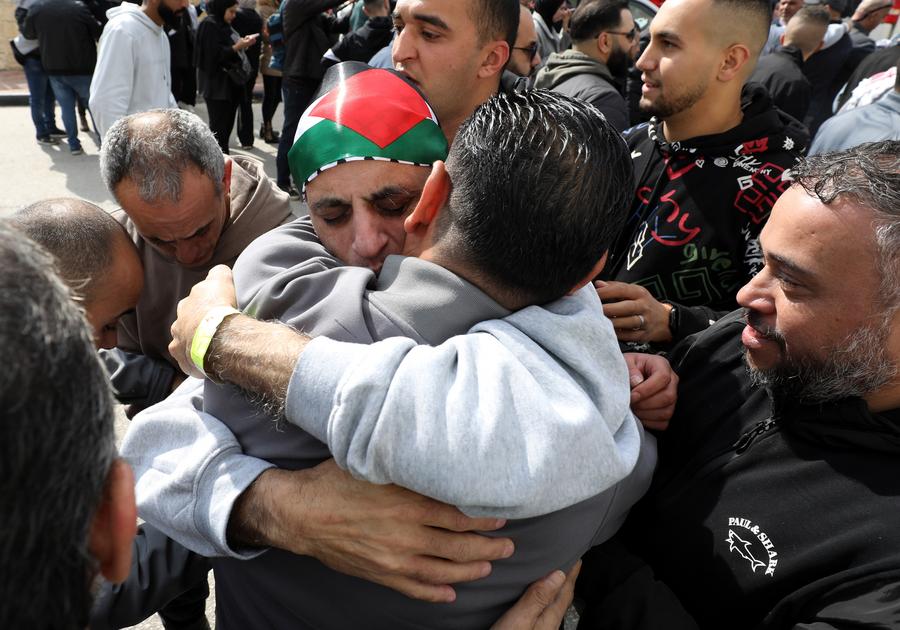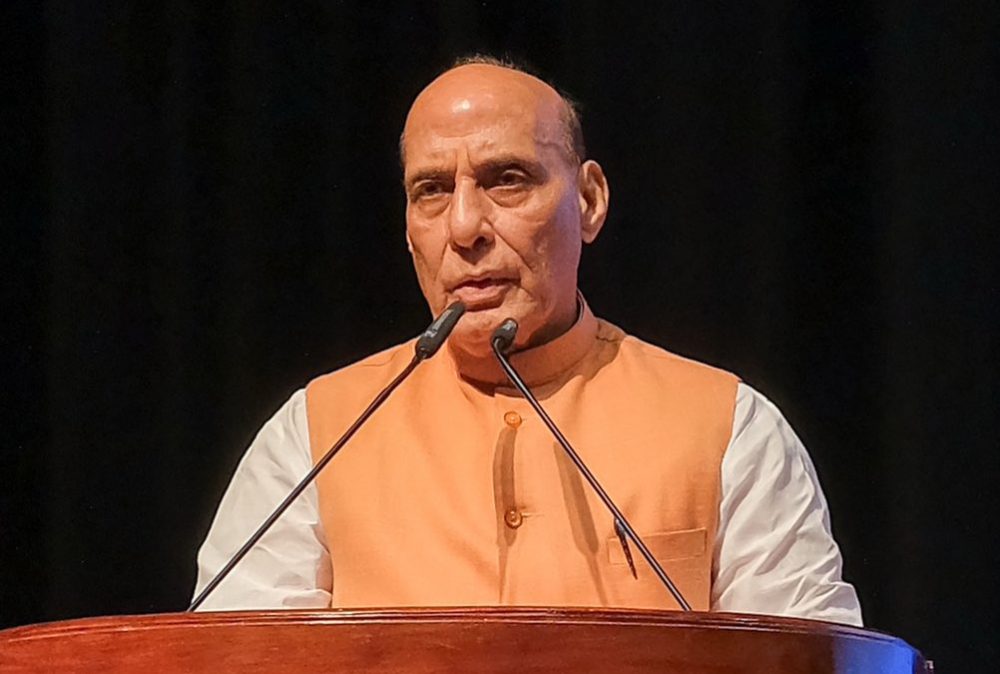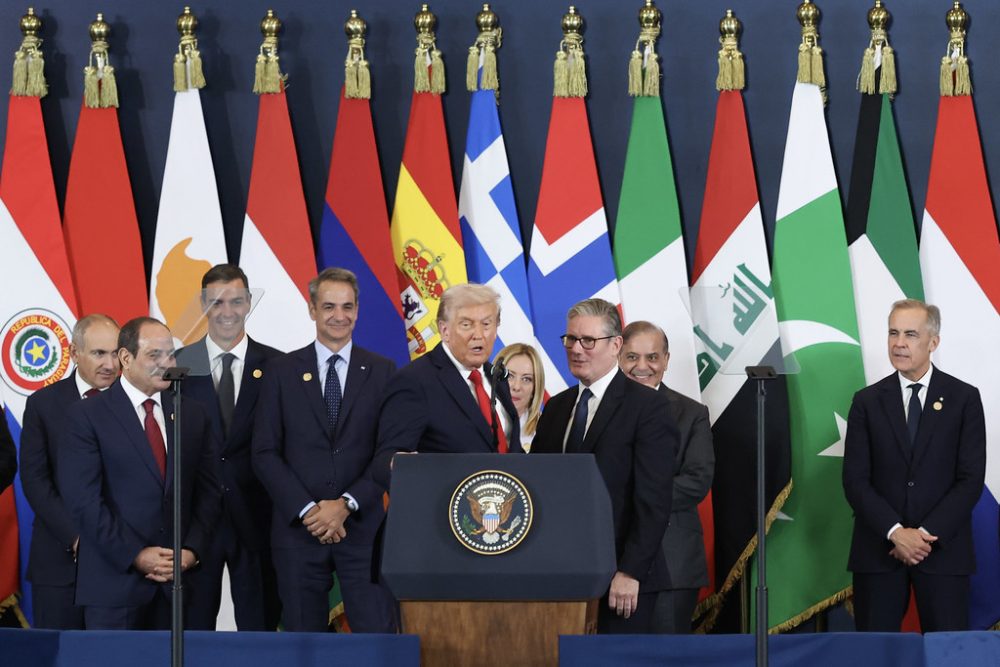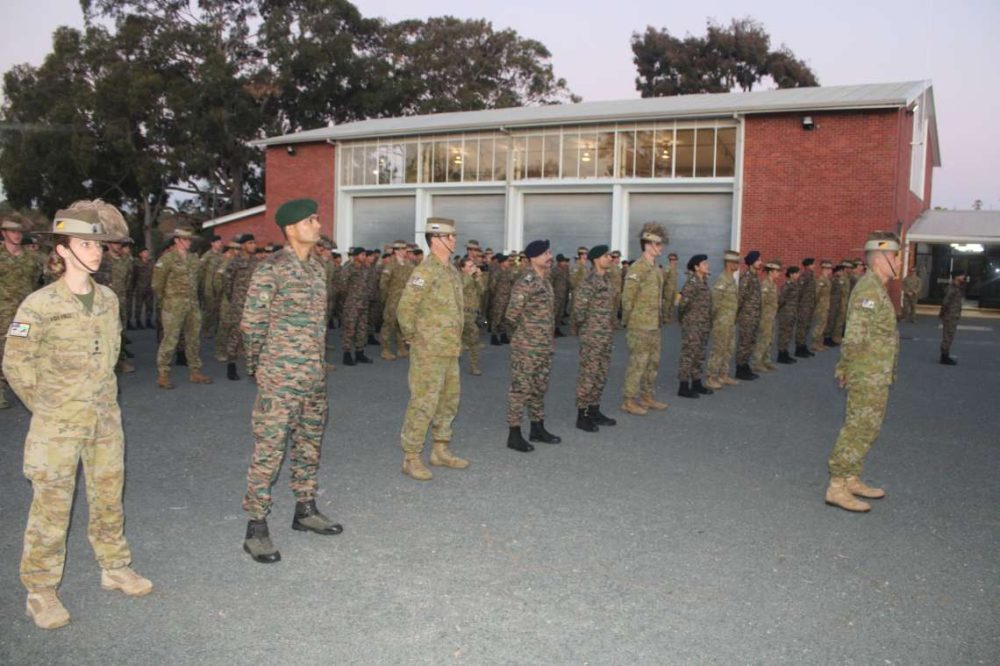India is also expected to extend a food and health security package to Sri Lanka on an urgent basis, along with an energy security package and currency swap, and also push Indian investments, writes Asad Mirza
Indian policy in the region towards smaller countries, seems to be paying dividends, as compared to China, which is more and more is being seen as a hawk, intent on taking over smaller countries natural resources.
The recent example of this is the manner in which India has handled Sri Lanka, a neighbour under extreme financial burden. Ties between two neighbours expanded to another level during the visit to India by Sri Lankan Finance Minister Basil Rajapaksa. He met Finance Minister Nirmala Sitharaman and External Affairs Minister S. Jaishankar in New Delhi. Later, an announcement was made of a $1 billion credit facility to Sri Lanka on March 17, which is in the midst of a severe economic crisis triggered by a shortage of foreign exchange.
In his tweet after the meeting, Jaishankar reiterated importance of India’s “Neighbourhood first” policy.
Indian largesse
Indian assistance in the last six months comprises of; a $500 million oil line of credit; $1 billion line of credit for essentials to be imported from India; currency swap of $400 million; deferral of $515 million under Asian Clearance Union; 40,000 MT of fuel on credit; 100,000 Rapid Antigen Test kits and supply of 1,000 tons of liquid medical oxygen, according to reports.
India is also expected to extend a food and health security package to Sri Lanka on an urgent basis, along with an energy security package and currency swap, and also push Indian investments.
India’s NTPC last week also signed an agreement for setting up a solar plant in Sampur in the eastern province of Trincomalee, while the Adina group has signed up for another wind/solar project in the Mannar and Ponneryn areas of northern Sri Lanka. Indian Oil’s subsidiary Lanka India Oil Corporation and Ceylon Petroleum have signed an agreement to jointly develop the Trincomalee Oil Tank Farm. Delhi is also pushing for joint development of the Palaly airport and Kankesanthurai harbour in the northern Jaffna peninsula.
Sri Lanka Economic Crisis
As per a report of the Financial Times, the Sri Lankan Economic disaster was partly manmade as pointed out by former CBSL Deputy Governor Wijewardana, blaming the government for making serious policy errors when it announced an unsolicited, attractive tax concession to income taxpayers. The consequence of this extraordinary move was the building up of inflationary pressure in the domestic economy on one side, and the depletion of foreign reserves putting pressure on the rupee to depreciate in the market, on the other.

A substantial drop in tourism-related earnings in 20/21, heavy debt repayments and an increase in pandemic-related expenses, also added to the woes. The result of all this was that 500,000 people according to the World Bank have fallen below the poverty line, whilst food inflation hit 21 per cent. Dependence on oil has further aggravated its problems after the start of the Ukraine crisis.
Political Crisis
On March 17, as his brother Basil Rajapaksa arrived in Delhi, Sri Lankan President Gotabaya Rajapaksa said in an address to the nation that his government would work with the International Monetary Fund (IMF) to tide over the crisis.
This presidential speech came after days of massive protests over the shortages and steep prices that have created day-to-day uncertainties for Sri Lankans across the country. Political observers say that in just over two years, Sri Lanka’s first family has presided over a series of crises mostly of its own making.
Sri Lanka currently is facing its worst economic upheaval in a decade. The badly timed fertiliser ban led to a dramatic fall in yields of crops like rice and tea, added to its failure to deal with a foreign-currency crisis that’s now a humanitarian emergency. Relying until now on help from its two major backers -India and China – and stubbornly refusing wider international aid, the country is on the verge of payments default.
Many regional observers blame Rajapaksa clan for all this. Gotabaya, who won office in the November 2019 presidential elections, appointed his brother, Mahinda, as Prime Minister. Their eldest brother, Chamal, is a Cabinet minister, while his son is a non-Cabinet minister. One of the Prime Minister’s sons is also in the Cabinet, another is his chief of staff, and a nephew is an MP. According to some estimates, about 75 per cent of the budget is under the control of Rajapaksa ministers in government. But the Rajapaksa family has not been able to do what needed to be done to help Sri Lanka out of this mess.
Things are so bad that the brothers’ resistance to seek support from the IMF has softened. Sri Lankan officials began talks with the IMF on March 14 and may present policy proposals by early next month.
There are increasing demands for the government to clearly articulate some concrete solutions. Sri Lanka has asked both Beijing and New Delhi to consider restructuring its debt repayments.
The country is also seeking to negotiate a new loan with China. The Hambantota Port, part of China’s Belt and Road Initiative, is widely viewed as an example of China’s over-ambitious infrastructure drive. Sri Lanka borrowed heavily to build the port, couldn’t repay the loans, and then gave China a 99-year lease for debt relief.
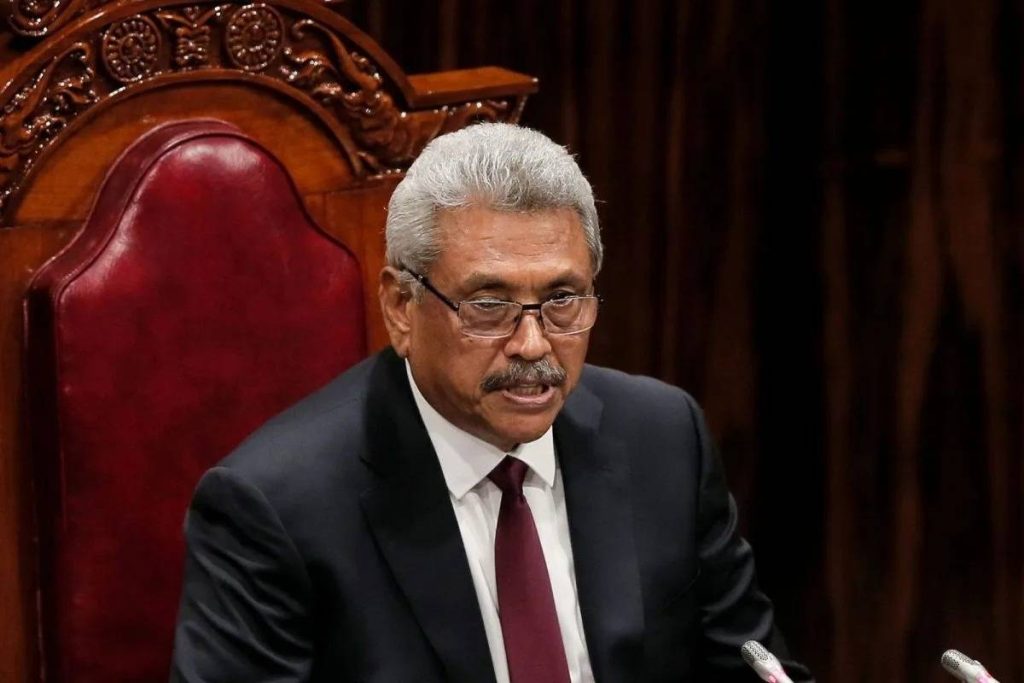
Gotabaya is hardly the unifying figure Sri Lanka needs right now. He’ll continue to be the President till 2024 and the opposition protests are unlikely to loosen his grip on power. Any delay in securing an IMF agreement may bring the country one step closer to being a defaulter, and adding to people’s disenchantment with the Rajapaksas.
India, on its part to build more robust and long-term strategic ties with Sri Lanka, needs a soft approach with added measures crucial to securing stability and preventing conflict recurrence over there on ethnic lines.
(Asad Mirza is a political commentator based in New Delhi. The views expressed are personal)
ALSO READ-SADHGURU IN LONDON


